As a special education teacher for children with behavior problems, lists were my claim to fame. Individually created for each of my students was a short list of daily tasks or desired behaviors he or she would check off or document with a smiley face.
The list (or chart) would be made within days of the student qualifying for special education services. I can still remember the relief on the faces of their regular classroom teachers when I asked, “What does this student need to work on?”
John does not complete his work. He sticks it in his desk.
Sarah blurts out in class constantly.
Eddie does not have good hygiene. The children are making fun of him.
Tamara screams at others when she doesn’t get her way.
Collin’s desk is a mess. He is so disorganized.
Winston uses profanity when he is upset.
Ellie spits on other children.
Luke does not unpack his book bag in the morning. I often find him wandering.
Alison crawls under her desk all the time.
While some people might have been overwhelmed by so many problems in need of attention, I welcomed the specific feedback. Telling John that he needs to “behave” or “be a better student” was not helpful. However, knowing exactly what needed to be improved offered a promising starting point—especially when written on a list.
After receiving the teacher’s feedback, the child and I would sit down and talk about the issues. The student would choose three things he or she wanted to work on to become a better student, get along better with others, and improve grades.
My typical approach was to break down the task into smaller steps and provide practice so there was no confusion on what was expected. The student and I would also roleplay related social situations to ensure the student knew the appropriate response. If a tool or strategy was needed to curb a negative behavior, I would also provide that. Finally, I set a positive expectation by saying I couldn’t wait to stop by their regular classroom later that day to see how many positive check marks and happy faces were on their self-monitored lists.
I distinctly remember how surprised the students’ teachers were by the sudden motivation in their typically problematic students. Perhaps it was the awareness of the problem, the clarity of goal, or the positive expectation that made the difference. Perhaps it was the fact they knew I’d be checking in, investing my time and attention in their success. But regardless of what initially created the motivation, something sustained it. Feeling capable is powerful; knowing you achieved something with your own hands is reinforcing.
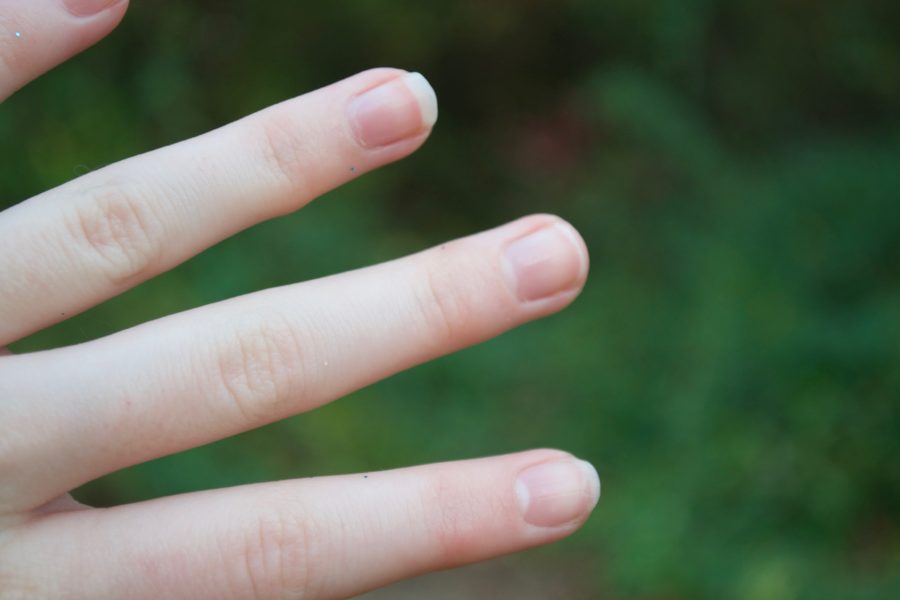 The primary school where I taught ended at Grade 3. One of my most challenging students that I worked with for several years didn’t want to move on to his new school without me. He'd grown up using my charts and lists, and the progress he'd made was profound.
The primary school where I taught ended at Grade 3. One of my most challenging students that I worked with for several years didn’t want to move on to his new school without me. He'd grown up using my charts and lists, and the progress he'd made was profound.
“I’m going to miss you and the charts, Mrs. Stafford,” he said sadly. “They really help me.”
That’s when I let him in on a little secret. “You can make your own charts. Adults call them to-do lists, but it's really the same thing. It helps us stay focused on what we need to do each day. It feels satisfying to cross things off,” I told him.
That student is in his twenties now. Last week, he was awarded for his work with a national youth-led organization devoted to improving services and mental health resources for young people. The boy who came to me years ago with pages and pages of “problem behaviors” now runs focus groups. He is a leader. He is a positive role model. Last time I saw him, he was writing a book. My former student says he still uses lists … but they have become roadmaps taking him somewhere better.
A few years ago, I started giving my children lists. It seemed pretty ridiculous to hear myself repeat the same things each morning: “Did you put your homework in your backpack? Please brush your hair. Put on your shoes.”
I was just about to flip my lid one morning when I grabbed a sticky note, drew a picture of a lunchbox, a pair of shoes, a pair of glasses, and a water bottle and handed it to my then five-year-old. There was a little empty box next to each item.
“Here is your list. Check them off as you go. It is up to you if you miss your ride, and we have to walk to school,” I said. I set the microwave timer so she could see how much time she had.
She never got ready so quickly.
She is ten now. Her evening list consists of tasks like: doing homework, setting the dinner table, practicing her instrument, making her lunch, and laying out her outfit for the next day.
Her morning list consists of tasks like: getting dressed, putting her snack and water bottle in her backpack, brushing her hair and teeth, and putting on her shoes.
On the weekend, her list contains tasks like folding her laundry and putting it away, cleaning her room and the basement toy area, and cleaning the cats’ litter box. At any time, a spontaneous post-it note list can be handed to her when a thank-you note needs to be written or a knot in the back of her hair needs to be combed out. The point of the list is that I don’t have to nag or remind. If it’s on the list, it needs to be completed. She can do it when she wants, but she cannot watch television or use her electronic device until it is accomplished. Miraculously, things get done around here.
I am most thankful for the lists when I go out of town for work. I do not wonder how things are going to run, and who is going to cover for the things moms and dads do. My kids have their lists, and they are the ones who keep things running smoothly. When my 75-year-old mom is here in my absence, she enjoys not having to remind or harp; there is more Grandma Time. She puts big stars and smiley faces on her granddaughters completed lists just like I did for my students.
I don’t have to wonder if my children will grow to be capable and helpful citizens like my former student. I see beautiful things happening already, particularly with my 13-year-old.
She makes her own lists – because they help her manage her time.
She makes her own lists — because they ensure she doesn’t forget important things.
She makes her own lists — because being independent feels good.
And I am starting to notice her lists are evolving into extraordinary things, like
Poetry
Goals
Prayers
Beautiful photographs …
Packing lists
Get well cards
Babysitting advertisements
Fliers for summer camps she’s running …
Menus
Marketing plans
and acts of service.
The Kid To-Do list has turned into an I Can-Do roadmap to a bright future.
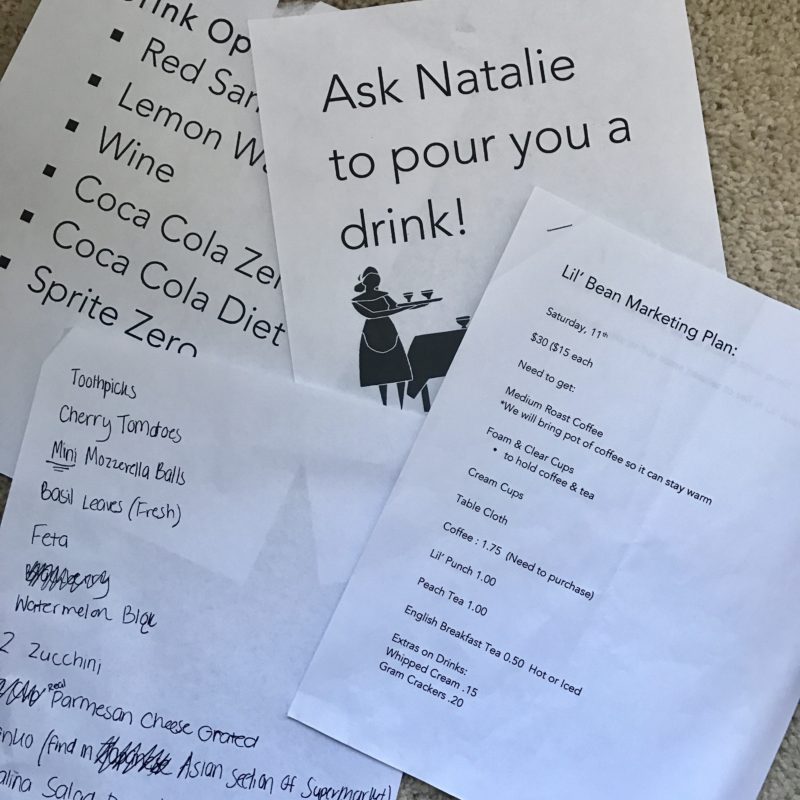
At a recent workshop, a colleague poured his heart out to me about his four children’s lack of help and motivation around the house. “All they want to do is stare at their devices,” he explained in frustration. “What can I do?”
“Lists,” I said simply, “… with the understanding that device time is earned with a completed list of their daily duties.”
“Brilliant! I use lists,” he said. “They help me stay focused and do my job well! Why didn't I think of that?”
As I walked back to my room, I got a call from my daughter. She was adding photos of new cats to the shelter website where we volunteer—a job that would have not been given to a 13-year-old had she not demonstrated responsibility and the ability to follow through. Once again, the power of a kid with a list was confirmed.
If you give a kid a list,
He knows what he needs to do.
If you give a kid a list,
She’ll begin to make her own.
If you give a kid a list,
Dialogue turns from nagging to praise.
If you give a kid a list,
The impossible becomes achievable.
If you give a kid a list,
He hears: “I believe in you.”
If you give a kid a list,
She sees that dreams begin with words on paper.
If you give a kid a list,
Everyday achievements lead to extraordinary aspirations.
If you give a kid a list,
You give belief.
And a kid can do a lot with a little belief
Especially when it comes from someone he or she loves.
Try it today.
(Be sure and use a smiley face.)
* If you would like more daily strategies and inspiring anecdotes for empowering and connecting to your loved ones, please consider ONLY LOVE TODAY, my new book filled with soul-building words and life-changing intentions. With a unique flip-open, read-anytime/anywhere format, this beautiful book is designed to help busy individuals stay anchored in love despite everyday distractions, pressures, and discord. Click here to see the stellar reviews from early readers on Goodreads. ONLY LOVE TODAY began as a mantra to overcome my inner bully; now it is the practice of my life. It can be yours too. Click here to order. Click here for a limited edition signed copy while quantities last. Mail your pre-order receipt to [email protected] to receive your collection of gorgeous hand-lettered bonus gifts! Offer good until release day which is only 10 days away!!! (3/7/17) Thank you for being part of the Hands Free Revolution! If you know someone who might benefit from the power of a list, please share this post! I'd be so grateful!


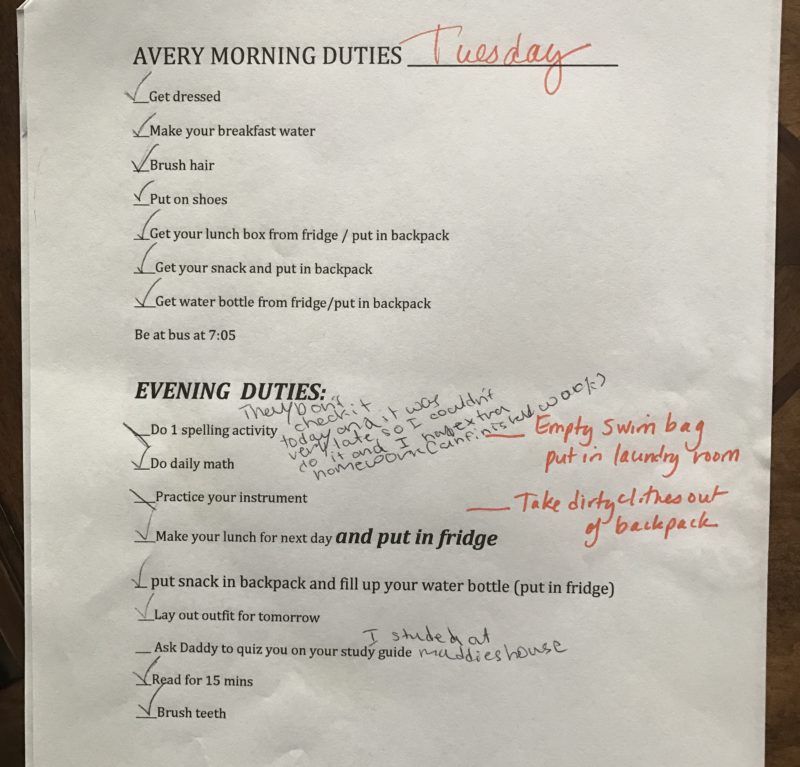
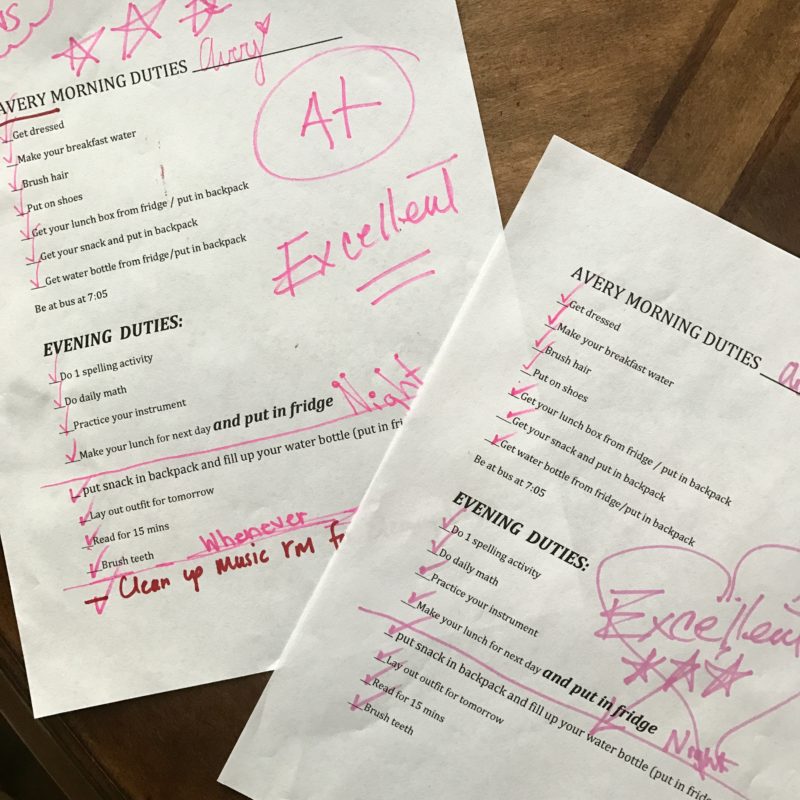

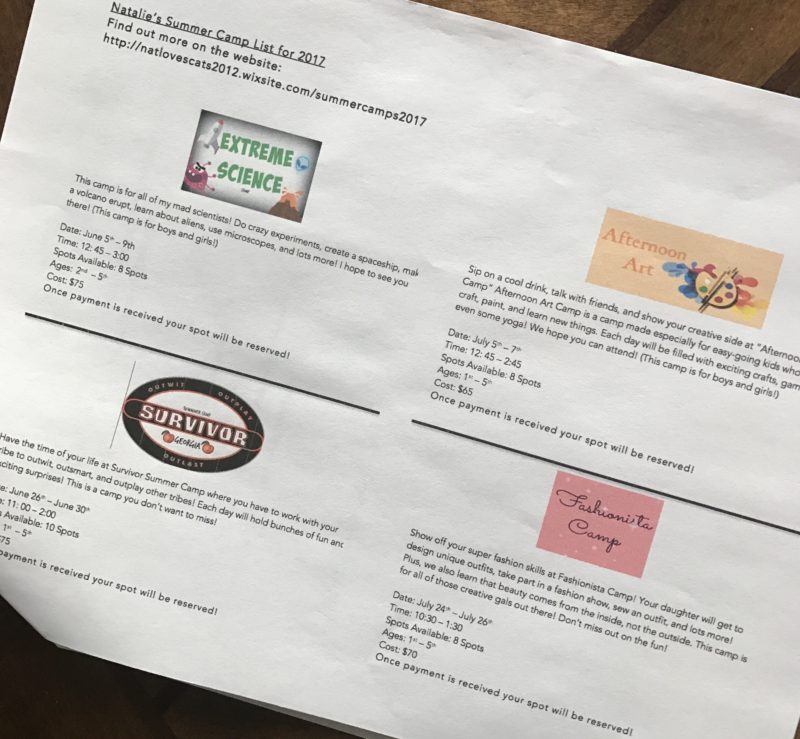
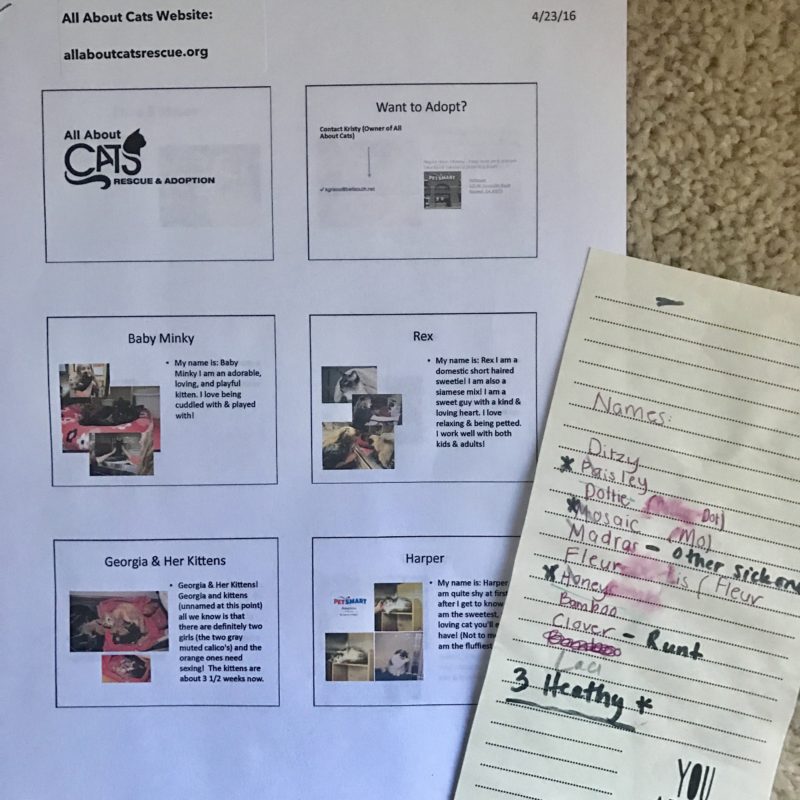
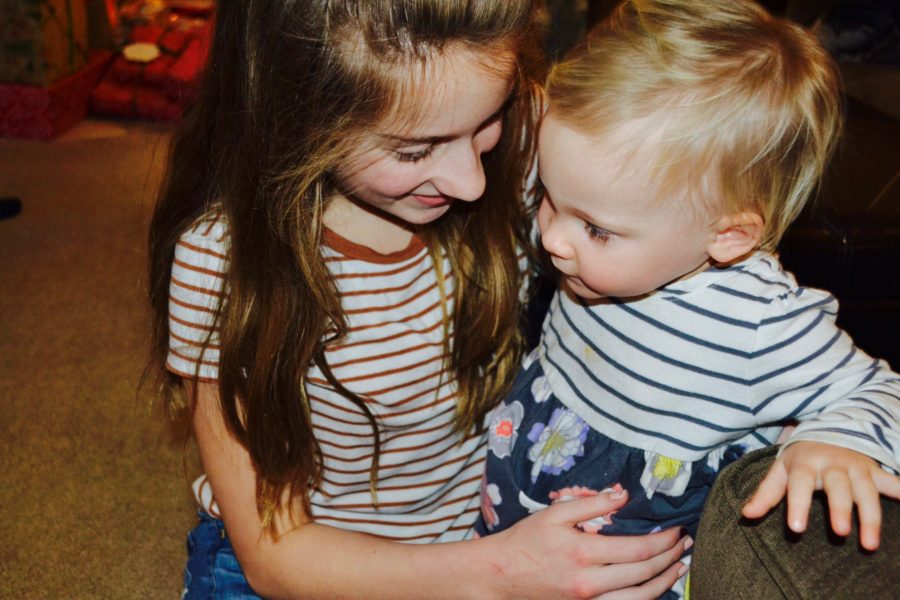
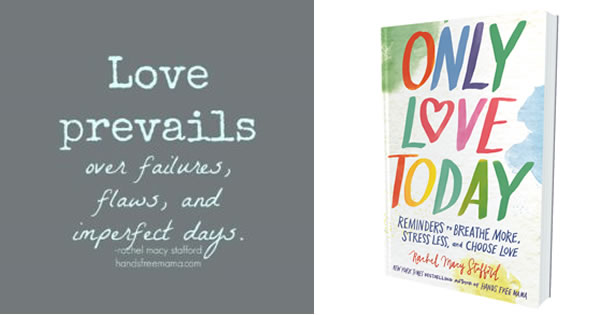


My children are grown now, but when they were growing up I got ridiculed quite often about the lists that my children were required to utilize. I had seven children (some mine, some not), so lists were a necessity. There was one main list (homework, chores, etc.) that they were all to complete everyday before they did anything else. For chores, there were detailed lists for what it meant to “complete” the chore. On these lists there were every detail of how to complete each chore from beginning to end. It helped them, and me, tremendously. There was also a list for when they were allowed to eat and what they were allowed to eat at those times. My children learned how to prioritize and also how to properly complete their chores utilizing these lists and yes, it kept the nagging and frustration to a minimum which was fantastic with that many children. It’s nice to see I’m not the only one that thinks lists are helpful.
I love that you found what worked for your family and embraced it. I am sorry people felt the need to ridicule and judge. I love that it kept your home happy, positive, and productive. Sounds like you did an amazing job handling what could be an overwhelming situation.
Do you have any examples of the lists you used for younger kids? This type would work well for my older 14 year old, but I think my younger 9 year old might need something a little more intensive, since he has ADHD. Or can you give an example of what was on the lists for the kids in the special education program?
Hi Seana,
For my non-reading students, I used pictures off the Internet. If you can draw decently, that works too. Or you could even have your children draw their own visuals! Picture charts are very effective! I’d try not to overwhelm him with too many things on the list. I also found that a sand timer helped my younger daughter in the mornings. I used clip art like this to make the visual lists:
https://www.bing.com/images/search?q=clip+art+charts+for+kids&qpvt=clip+art+charts+for+kids&qpvt=clip+art+charts+for+kids&qpvt=clip+art+charts+for+kids&FORM=IGRE
Also, some of my younger students would have a box to check every 15 minutes rather than once a day. Their time increments would increase, but to start they would check it off every 15 minutes. Some lists would be set up so they would give themselves a check or smiley face during each activity like “reading”, “spelling”, math, etc. At home you could do morning, after school and evening, perhaps. I hope this helps. Thanks for reading and asking such a great question.
I used a similar strategy with my children. We found that the lists simplified our conversations about what needed to get done. Our non-reading child got pictures and words together to help her pre-reading skills. Over time, I’ve found that they are starting to internalize the lists and now my oldest frequently extends beyond the list without being asked.
We’ve found that it helps to have one answer to the question “Why do I have to do this?” which is “as part of this family, we help out.” We keep repeating because that’s the value that we want them to internalize.
I love this! Thank you for your wonderful contribution to the post!
My son has HDHD. We started making picture lists when he was 3, long before we knew he had ADHD. I did it out of frustration and it worked instantly so I kept going. He likes knowing what’s coming next and having control over it. He’s 11 now and an excellent student and we still do the lists.
I love hearing this, Rebecca. Thank you for choosing love and support back when he was 3. Clearly, it’s made a positive difference in what could have easily grown into a negative and damaging pattern.
Thanks Rachel, I love lists myself and after reading this will try and start them with my girls as well. My question though is what happens when they don’t get their list done? I’ve tried to give my eldest daughter more responsibility of late so that I’m not constantly nagging and irritating her….but if she doesn’t start doing the things by herself, like getting ready in the morning for example, I jump in because otherwise she will be late for school and I will be late for work. What consequences/incentives would be helpful, while still allowing us to get to places on time etc.. No screen time the next day if you don’t get to school on time?? Thanks!
I had to jump in here because if I wasn’t ready in the mornings when it was time for my mom to leave, I knew that she would just go, which meant that I had to take a taxi to school and pay for it with my babysitting money. Ha! And I lived in a suburb, not NYC. NO ONE EVER CALLED A TAXI. So hilarious looking back on it! But I’ll tell you what…I only did it a couple of times before I started getting my butt out of bed a little earlier! It was a logical consequence that definitely worked! (And my mom told me in advance that she would be leaving if I continued to make her late, and we discussed ideas for how I could get to school without her–it’s not like she just left me high and dry.)
This worked because I was an overachieving student who cared about going to school. It wouldn’t work for a teenager who would just be like, “Well, I’ll stay home then.” But I think you can figure out a logical consequence for your daughter that makes sense for her.
Thank you, Rachel! This is extremely enlightening & very helpful!!!
Thank you Rachel. Yes, will need to work it out with her what will work best…..and I think I just need to accept the fact that we may be late a few times, but in doing so that will be what teaches her to make better choices. Thanks again.
I also have a child with ADD and am going to implement this TODAY. I can see how it takes away the uncertainty, which is very challenging for him (“when will I get to do X?”) and empowers HIM, taking the “nag of the day” sash away from me! I shared this with some favorite educators, I hope it gets around… what a simple, effective tool, and what a lovely post to illustrate its power.
I love this idea, Rachel! I am going to utilize it to keep nagging down and create more personal responsibility. I do have one question though…how do you balance getting your kids to use lists with not getting too dependent on them? I have learned a lot from you about being “hands free”, and I have drastically shortened by lists so I can spend more time with my kids and not miss out on life (I was enslaved by my lists for years). I want my kids to use lists but avoid the negative side that I got sucked into. Thanks for all you do, Rachel!
Rachel, I love this practical, helpful tool, and I love the way you broke down “problem areas” into small, manageable goals with your students. (And I have to tell you that breaking down big problems into bite-sized “to-dos” is also part of the nursing process!) Lists help me get through my homeschool day with my littles, but your post has challenged me to take it to another level, and get the kids more involved in the list-writing and list-managing. Thank you so much for sharing! So helpful! Hugs and blessings to you.
Thank you, sweet friend. I cherish your comments, perspective, and support!
I am so excited to have the opportunity to read your book and am ordering an additional copy for my bestie to read with me..but I thought I would let you know your link to the signed copy sent me to the wrong one. So here is the link that the online chat Lindsey M. sent me: http://www.barnesandnoble.com/w/only-love-today-rachel-macy-stafford/1123949263?ean=9780310350255 Can’t wait to get it!! Thanks so much for always connecting with my heart. I absolutely love and treasure every post you make!!
~Rhianna
OH I love this SO MUCH! I can only imagine what an encouraging and creative and enormously helpful teacher you were to those students, Rachel!
This is brilliant and surely practical and productive. Breaking down our overwhelming goals is KEY to making things much more manageable. Our kids need concrete steps and assurance and order and structure to thrive. Love this so much! Sharing on my page.
And my heart just SWELLED looking at your precious girl’s *lists*. Amazing. <3
Random procedural question: So they got the same list 5 days a week? (you make a copy and write Monday, Tuesday, etc. on it?)
Also, we’ve been using a “brili” routine (an app), but my son “swipes” (app equivalent of a checkmark) things as done without really doing it. How did you handle that challenge with your students?
Thanks much!
I am in discouraged because I have dispensed the same list every week for years. My teen boys won’t look at them….or check them off. Until I say let me see your check-off sheet, then they find the list and check everything off whether or not they did it….or bring a half checked off list. I just realized my son hadn’t taken his supplements in weeks because I hadn’t nagged and asked him to do it. I have 6 kids, 5 at home (age 19 to 7)….I can’t keep up with all the tiny details like this. So I make lists; and they don’t do it. I checked the chore chart and last weeks chores weren’t done for one of them, the other forget, some look at it and do some of it but don’t check it off. They don’t know when anything is due. They couldn’t care less.
I have the same problem and I know it’s because I don’t enforce any consequences for not getting the stuff done. Rachel said no device time until the lists are done, but I know its harder to enforce that with teens. I know that the key is to have a set deadline for tasks, then to follow through with checking the lists. “Chores have to be done by ____ and if they are not then you will pay mom $___ to do it” (do they have allowance you can deduct from? or you will confiscate their property as collateral until they pay you back? Lose driving privilege? Just tossing out ideas.) If they say they did something, it has to be inspected by mom, and if its not done completely or right they either redo it or pay mom to do it (or lose something til its done?). I struggle with the consistency & follow through needed to make this work, but maybe you can! (I’m a mom of 4 who up until last year were all at home aged 12 to 22.)
I love lists and I usually have at least 5 or more on the go. It never occurred to me to introduce lists to my son who sometimes has a hard time getting done what he needs to. Thanks for all the great ideas.
This literally gave me chills! My little man is only 2, but I will never forget this post. LISTS. Thank You!
THANK YOU for this wonderful idea and the helpful pictures! I typed lists similar to those you show in your post and it has completely changed my mornings with my two boys. I too have been taking measures to get up a bit earlier and put down the phone in the morning which has helped…. but my sons love the satisfaction of checking items off their lists and the feeling of accomplishment. We used to have screaming matches in the mornings which made us all feel terrible. Honestly it didn’t occur to me to put such simple things as “Brush your teeth”, “Get dressed”, “Put on shoes, coat” onto a to-do list but this format makes them feel in control of their situation and a sense of accomplishment for achieving these tasks!
I am thrilled to hear this, Elizabeth!!! Thank you for the update!
I decided to make to-do lists for my kids. They didn’t balk, question or complain at all. We have only used them this week but I’ve already noticed I’ve had to nag less and remind less. It’s a great way to make sure everything is done before the playing starts, especially on their Kindles and TV. Thanks for the idea!
I love to hear this, Merci!!!
I babysit my cousin’s babies most of the time. They’re 5 y/o and 3 y/o. At their age, they’re already obsessed with gadgets! It’s crazy. The most effective way (that I found out so far) to make them forget about the gadget is to listen to kids songs. I take their ipad and play songs from a Youtube channel called Kids Songs Club (https://goo.gl/GvsYfP), set it to automatically play the next song, and they dance and sing along to it. Then I’m good for like an hour haha